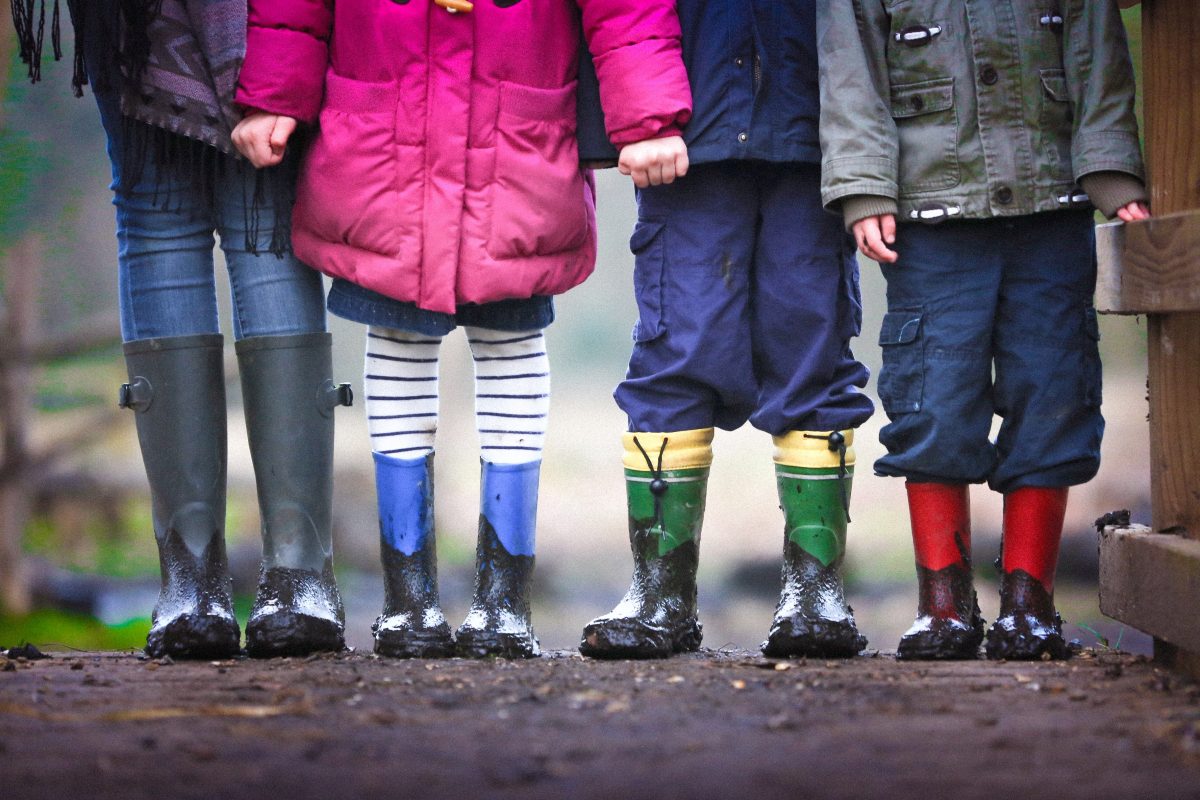What Works for Children’s Social Care (WWCSC) today announces the findings of its latest research into the use of machine learning in children’s social care. The research finds that none of the models tested could accurately predict whether risks to children and young people would escalate.
Today’s report is the culmination of 18 months of work by WWCSC to provide the children’s social care sector with a strong basis on which to make decisions about the use of machine learning models in children’s social care. WWCSC designed and tested four models using historical data from four local authorities across England.
None of the models tested achieved WWCSC’s pre-defined level of ‘success’, and fell far short of the effectiveness levels WWCSC would recommend for real-world use with children and families. The models missed the majority of children at risk, meaning that if the models were used in children’s social care practice, children and young people may not get the help and support they need from a social worker. Furthermore, when the models identified a child as at risk, they were wrong six times out of ten.
The research found that when relying only on cases earlier than those it was making predictions about (as they would need to if used in real world settings) the models performed even less well. While considering a larger number of cases may improve the performance of some models, the researchers deemed this an impractical solution as older data or data from other local authorities would likely not be relevant enough to be useful. Adding richer text based data from case notes did not seem to improve the models either.
While adding more data – either in the form of richer text based data from case notes, or considering a large number of cases – may improve the performance of some models, the researchers deemed this an impractical solution as older data or data from other local authorities would likely not be relevant enough to be useful.
WWCSC’s analysis of whether the models were biased against groups with particular protected characteristics – like race or age – was inconclusive. Overall, the models performed equally poorly for most of the subgroups examined (gender, disability status, ethnicity and age group).
This report does not find evidence that the machine learning models created for the project ‘work’ well in children’s social care. Though the report did not seek to definitively answer the question of whether machine learning will ever work in children’s social care across all types of outcomes and in all contexts, it highlights some of the challenges of using these approaches in children’s social care.
The models used historical data from four local authorities in England and looked at predictions such as ‘does the child escalate to being subject to a child protection plan following assessment?’ and ‘after finishing early help is the child referred to statutory children’s services within 12 months?’. No actual decisions about children and families were made as a result of the machine learning models.
This technical work follows an ethics review published earlier this year, which found very substantial barriers to the ethical use of machine learning.
WWCSC urges local authorities and other organisations already piloting and using machine learning to be transparent about the challenges experienced.
The report also recommends cooperation across the sector to ensure that machine learning techniques are used responsibly, if they are used at all.
Michael Sanders, Chief Executive, What Works for Children’s Social Care, said:
“It is clear that in our research the promise of machine learning has not been realised. Far greater transparency about the effectiveness of these models, and how well they actually work, is sorely needed, not just in children’s social care but in any area where predictive models could be used to make decisions”

